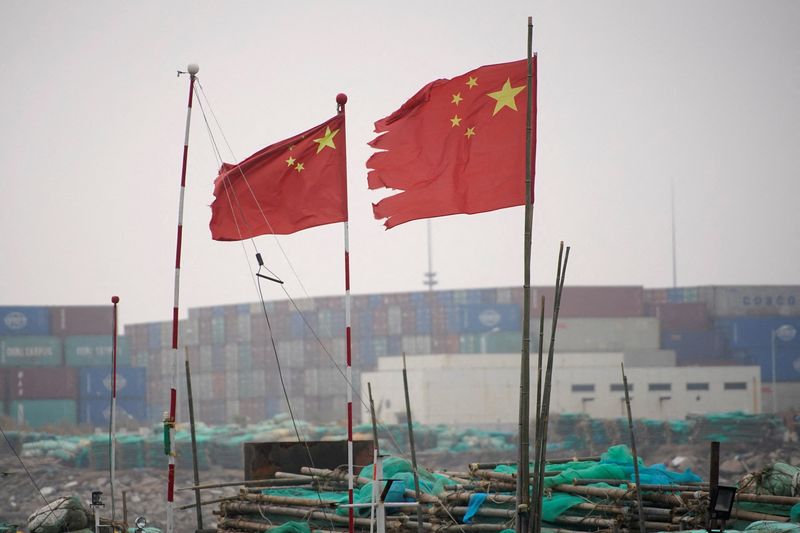Former Treasury Secretary Larry Summers has brilliantly dissected a fundamental flaw in the Trump administration’s economic thinking – a glaring inconsistency between their hostility towards trade deficits and their simultaneous embrace of foreign capital inflows. It’s a point many on Wall Street have whispered about for years, but Summers has put it into stark relief.
Essentially, you can’t tackle a trade deficit without addressing the underlying cause: the relentless flow of money into the US. Trump’s tariff tantrums, while grabbing headlines, are merely treating a symptom, not the disease.
Let’s break down the core principle – the ‘Triffin Dilemma’ at play here. A country like the US, issuing the world’s reserve currency, inevitably runs a current account deficit. Why? Because the world needs dollars.
These dollars aren’t magically created domestically; they often come from abroad – representing foreign investment and lending. This influx of capital pushes up the dollar’s value, making US exports more expensive and imports cheaper, widening the trade deficit.
The solution isn’t protectionism. It’s grappling with a complex issue. Reducing the trade deficit requires curbing capital inflows, which means things like fiscal discipline, encouraging domestic savings, and potentially, yes, a weaker dollar.
Ignoring this reality is economic delusion. It’s political posturing masquerading as sound policy. Frankly, it’s frustrating to watch such a basic principle be overlooked in favour of simplistic solutions. This isn’t rocket science, people!






